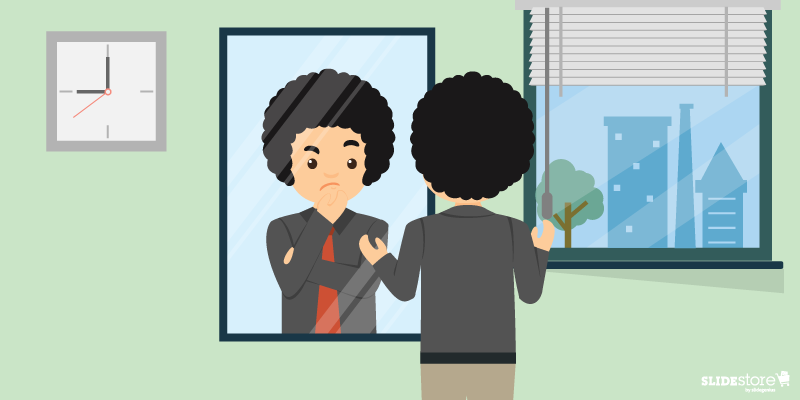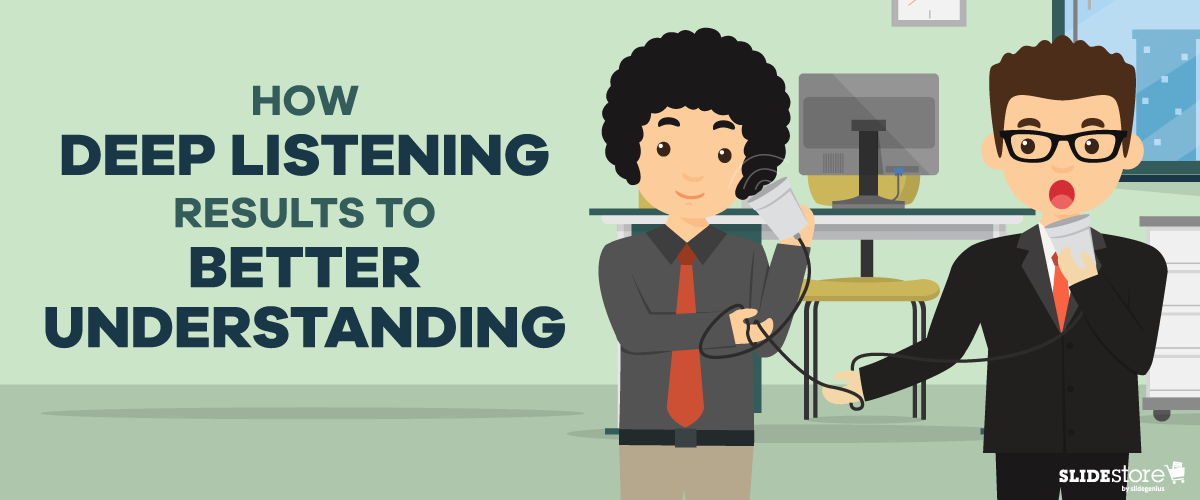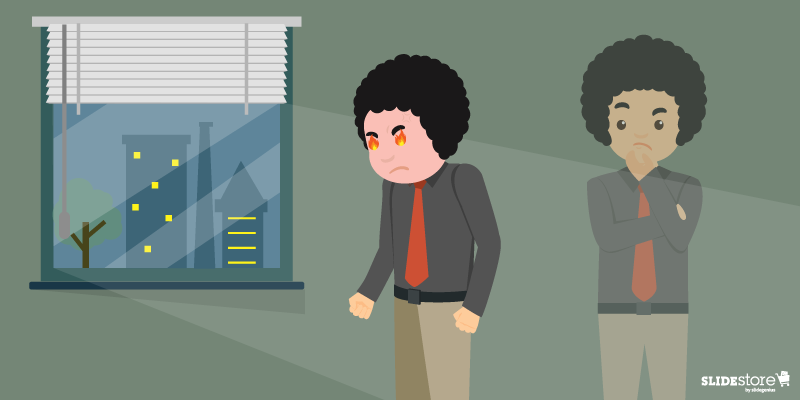Communication in today’s landscape is one big irony. While the different forms of digital media are thriving, face-to-face conversations are braving what could be called “dark times.” People today are more preoccupied than before—they tend to listen less and talk more. Unsatisfying communication is rampant in both the small setting and the big picture. We see relationships crumble and fights ensue because of the poor way spouses, parents, children, neighbors, friends, and colleagues communicate. We all suffer and endure the negative consequences of this notorious problem, which exists even among political parties, ethnicities, nations, and religions.
And the most disturbing part is that poor communication seems to be more than just a trend but a facet that is deeply ingrained in our present culture. If we look closely at it, communication seems to be both the problem and the solution. The complication can be traced back to people not showing enough interest or having enough forbearance to purse their lips, open their minds, and simply listen. Poor listening is the problem, and deep listening is the answer. Only by acknowledging this fact and working towards achieving it can we bring about a shift in the way communication works in the digital age.
What Deep Listening Truly Means

We all know and practice active listening, which entails repeating what the speaker says and seeking clarification for ambiguous ideas. While active listening is highly encouraged, to truly solve the problem of poor communication, we need to master deep listening, a more contemplative form of communication that involves listening to oneself before others.
Deep listening occurs when your mind is quiet and you’re able to suspend your reactive thinking and just open your thoughts to every possibility. It entails what John Keats called negative capability, which refers to when you’re “capable of being in uncertainties, mysteries, doubts, without any irritable reaching after fact and reason.” The nature of deep listening may appear paradoxical—after all, it claims that to better communicate with others, you must first pay attention to yourself. But by applying the principles of deep listening, you can become a more receptive, emphatic, trusting, and trustworthy listener, which can ultimately lead you to becoming a good communicator.
Three Steps to Connecting with Your Body, Speech, and Mind

According to David Rome and Hope Martin, two trainers who have been studying and teaching deep listening for more than a decade, there are three techniques for tuning in to your mind, body, and speech: awareness meditation, the Alexander technique, and focusing on felt senses. By practicing these techniques, you can keep in touch with all aspects of your being—which is, ultimately, the foundation of deep listening.
1. Awareness Meditation
This type of meditation is known to some as mindfulness and to others, peaceful abiding. Whatever you call it, this principle lies only on two simple ideas: to watch your thoughts come and go without acting on them, and to always return to the present moment no matter what. Usually done in the form of a sitting meditation, it puts emphasis on body presence. One of the main inspirations for this technique is “The Four Foundations of Mindfulness,” an article by Buddhist meditation master Chogyam Trungpa Rinpoche. It explains the following:
- Mindfulness of body. “The basic starting point is solidness, groundedness. When you sit, you actually sit. Even your floating thoughts begin to sit on their own bottoms. You have a sense of solidness and, at the same time, a sense of being.”
- Mindfulness of life. “The instinct to live can be seen as containing awareness, meditation, mindfulness. It constantly tunes us into what is happening. So, the life force that keeps us alive itself becomes the practice of mindfulness.”
- Mindfulness of effort. “The sudden flash is a key to all Buddhist meditation, from the level of basic mindfulness to the highest levels of tantra. But it is not enough just to hope that a flash will come to us; there must be a background of discipline.”
- Mindfulness of mind. “Mind functions singly. Once. And once. One thing at a time. Things always happen one at a time, in a direct, simple movement of mind. Mindfulness of mind is to be there with that one-shot perception, constantly.”
2. The Alexander Technique
This principle is what molds you into developing equanimity so that you can avoid becoming a victim of your life circumstances. It enables you to look after yourself while facing the rigorous demands of life. By assuming an objective point of view, you not only open your mind to see how you interfere with your natural and intrinsic inclinations but also discern which habits and qualities you should let go of.
3. Focusing on Felt Senses
Originating from Western philosophy, this technique involves cultivating three inner skills: self-knowledge, a caring presence, and an intuitive insight. As its name suggests, this principle involves noticing your senses as you feel them. Usually, you don’t pick up these senses in your attention radar, but if you try to be more attentive to your emotions, you will be able to notice them easily. By noticing these sensations before acting on them, you’ll be able to choose your words and actions better in future arguments, helping you improve the way you communicate.
The sum of these three contemplative practices is powerful enough to effect a dramatic change that can impact everyone. If only more people learn and apply these valuable skills, we could all see a significant shift in the quality of communication in the twenty-first century.
References:
Bailey, Joe. “What Is Deep Listening?” Goodlife Zen. n.d. goodlifezen.com/what-is-deep-listening
Popova, Maria. “The Art of ‘Negative Capability’: Keats on Embracing Uncertainty and Celebrating the Mysterious.” Brain Pickings. n.d. www.brainpickings.org/2012/11/01/john-keats-on-negative-capability
Rinpoche, Chogyam Trungpa. “The Four Foundations of Mindfulness.” Lion’s Roar. November 30, 2016. www.lionsroar.com/the-four-foundations-of-mindfulness
“Deep Listening.” Mindful. n.d. www.contemplativemind.org/practices/tree/deep-listening
“Deep Listening.” Mindful. August 26, 2010. www.mindful.org/deep-listening









